Customers are expecting more from businesses today. They’re no longer satisfied with a standard product or service—they seek a positive and personalized customer experience. So, how can businesses achieve this to ensure satisfied customers? Through workforce optimization, including the use of free employee shift scheduling apps.
Understanding Workforce Optimization: Boost Productivity & Engagement
Workforce optimization, also known as labor optimization, is a strategic approach that aims to improve organization and employee efficiency to decrease operational costs. It seeks to balance employee productivity, operational efficiency, and job satisfaction to meet business goals. This increasingly popular approach goes beyond the typical remit of human resources management, covering a range of practices such as staffing optimization, talent acquisition, performance management, and employee engagement.
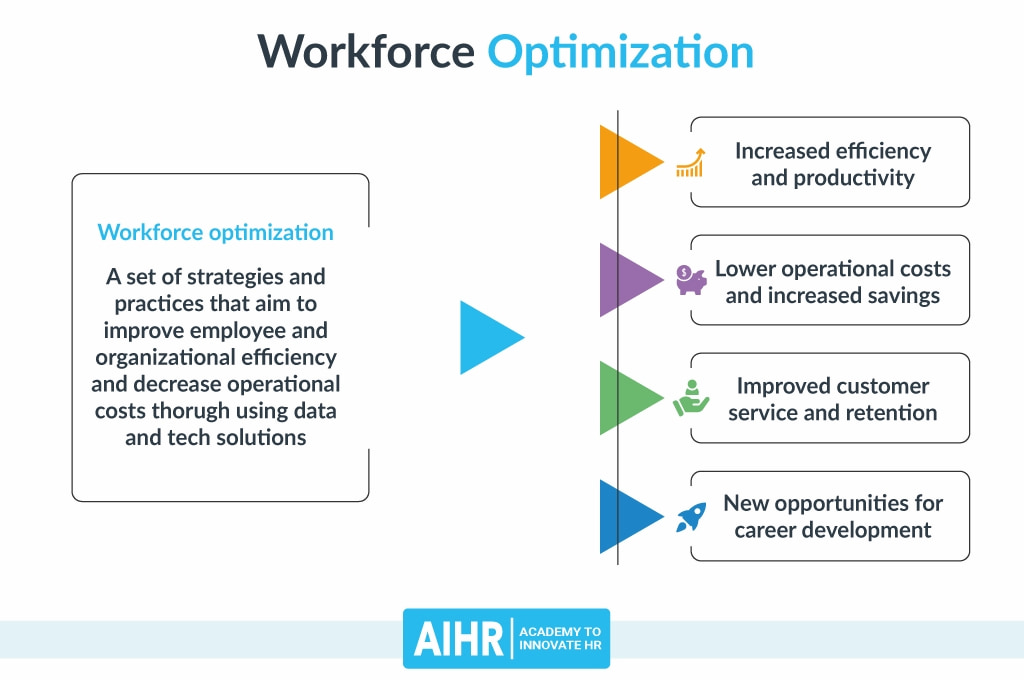
Organizations have seen impressive results by employing workforce optimization strategies. One study found that organizations following workforce optimization best practices classed over 70 percent of their employees as engaged with their work and the wider workplace. By creating an environment where employees and workplace practices align to meet business objectives, workforce optimization ensures organizations utilize their people efficiently and effectively. In this article, we explore workforce optimization strategies that boost organizational productivity.
Best Practices for Workforce Optimization: Proven Strategies for Success
The marketplaces that businesses operate in are undoubtedly getting more competitive and complex. As a result, workforce optimization has emerged as a necessary exercise rather than a nice-to-have.
When done right, workforce optimization strategies maximize productivity, improve employee satisfaction and enhance the customer experience.
By integrating and aligning different business functions, workforce optimization can create a unity that results in efficiency improvements, sustainable company growth, and better financial performance. Think of it as a pathway to long-term business success that should be regularly assessed and amended to suit business requirements.
The Vital Components of Workforce Optimization
Workforce planning and forecasting
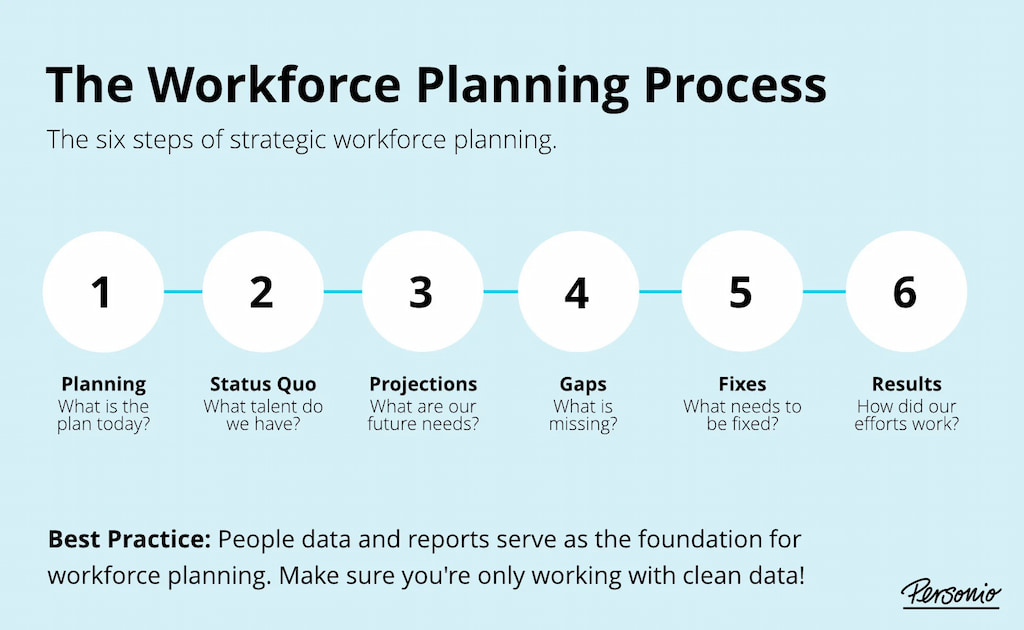
These two are central aspects of effective work force optimization. This strategy involves anticipating future workforce needs based on growth projections, industry shifts, and market trends and planning the actions necessary to meet these needs. However, it’s more than simply identifying staffing levels, but is about strategically assessing future workforce requirements and building strategies driven by data to bridge the gap between current and future workforce needs.
Talent acquisition and recruitment
Effective talent acquisition and recruitment strategies are vital components of successful workforce optimization. These strategies ensure that organizations are well-equipped to attract, select and hire the best candidates for roles who possess skills, expertise, and attitudes that align with the business.
Employee scheduling and shift management
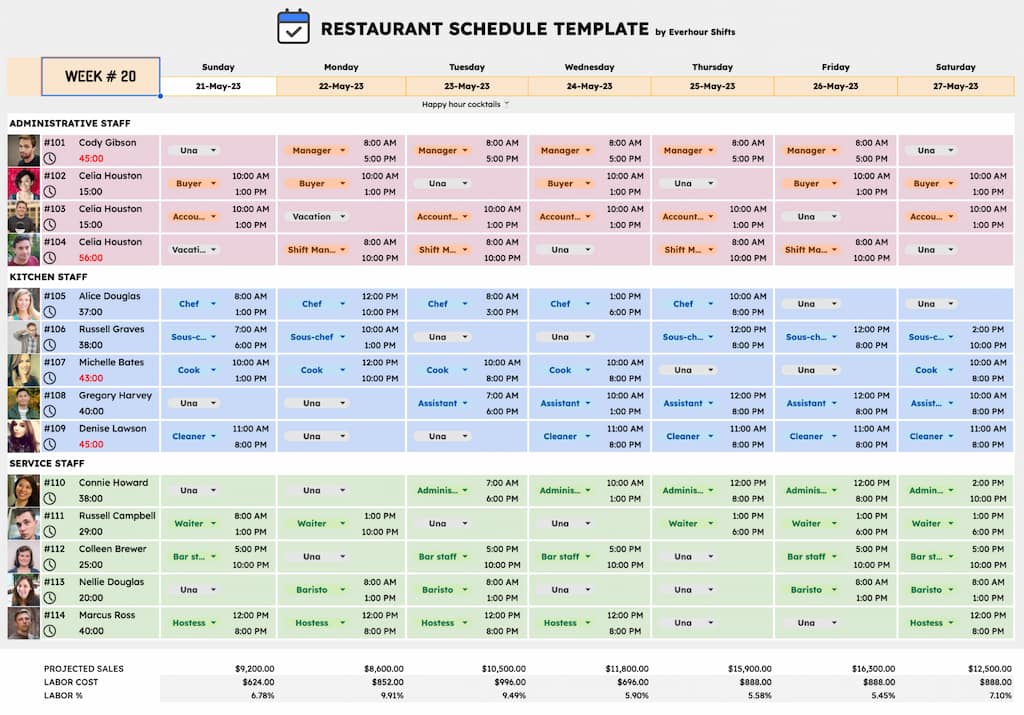
Efficient employee scheduling and shift management are also crucial aspects of workforce optimization. It involves creating a dynamic workforce scheduling system that considers business needs, including peak periods and employee availability. The system must be balanced between flexibility for employees to boost job satisfaction but should also ensure staff optimization.
Performance management and goal setting
Performance management and goal setting are the backbones of any successful workforce optimization initiative. This aspect of workforce optimization involves regularly assessing employee performance against set benchmarks or performance plans, providing constructive feedback, setting clear and achievable goals, and recognizing great work. Not only will doing this boost employee morale, but it will also improve overall business performance.
Training and development programs
Did you know that 87 percent of millennials, who comprise a large percentage of the global workforce, say that professional development is important to them in a job? Time management training and development programs enhance the skills and expertise of employees, allowing them to boost their performance. By investing in employee development, organizations improve employee job satisfaction and boost overall productivity to create a high-performing workplace.
Employee engagement and employee retention initiatives
Keeping employees engaged is vital for employee retention. The Great Resignation continues into 2023, and employers must do all they can to keep their employees engaged with their roles to reduce churn. Engaged employees are significantly more productive, show loyalty to their organizations and contribute to overall business success.
Workforce Optimization Strategies: Best Practices
Now that we’ve explored the advantages of workforce optimization let’s delve into best practices.
1️⃣ Aligning the workforce with organizational goals and objectives
Ensuring that every individual within the business understands the core goals and objectives is vital. They should also be aware of how their roles directly contribute to achieving these goals. By creating a shared vision and purpose, businesses can create a high-performing culture to drive employee productivity, resulting in better business outcomes.
2️⃣ Implementing data-driven decision-making processes
Leveraging data and analytics is vital as it provides valuable insights into employee performance, productivity, and engagement. These insights help to guide crucial decisions that shouldn’t rely on gut instinct, such as recruitment, scheduling, and performance management, to enhance the effectiveness of business initiatives.
3️⃣ Leveraging technology for efficient workforce management
One cannot overstate the positive effect technology can have on workforce optimization. Technologies such as workforce managing software and artificial intelligence (AI) allow organizations to streamline routine business tasks, such as data entry, to enhance efficiency and boost bottom lines. Shifts by Everhour is a workforce management tool that organizations use to manage team schedules, clock in and out, monitor attendance, and manage payroll and time off, resulting in work optimization.
4️⃣ Promoting a culture of continuous improvement and learning
Promoting a culture of continuous improvement and learning is another crucial element of workforce optimization. A learning culture gives employees a sense of psychological safety, allowing them to learn and make mistakes without fear of negative consequences. Employees can enhance their skills, keep up to date with industry trends and provide more value to employers keen to maintain a competitive edge.
5️⃣ Developing flexible and agile work arrangements
Agility is essential for businesses today as the landscape gets more competitive. In the context of workforce optimization, allowing employees to work in the way that suits them best will boost engagement, job satisfaction, and productivity, all to the benefit of the business. This may include arrangements like flexible working hours, job-sharing, using agile software, or remote working arrangements.
6️⃣ Ensuring diversity and inclusion in the workforce
Diversity and inclusion are crucial components of workforce optimization. It’s a key priority for many businesses. One study found that 69 percent of executives said diversity is one of their top priorities. A diverse and inclusive workforce makes everyone feel welcome, fostering creativity and innovation through different perspectives. It also makes the company more appealing to a broader talent pool, which supports talent acquisition strategies.
Key Benefits of Workforce Optimization for Business Growth
Workforce optimization is worth the financial and time investment for several reasons:
📈 Increased productivity and operational efficiency
An optimized workforce is a highly productive one, and an effective business is a profitable one. By aligning with organizational objectives, making data-driven decisions, leveraging technology, developing flexible work arrangements, and prioritizing diversity and inclusion, organizations can improve productivity and operational efficiency, which ultimately boosts the all-important bottom line.
😊 Improved employee satisfaction and engagement
Unsatisfied employees are unengaged employees, and disengaged employees are tough to retain. It’s important to note that employees can be reengaged if they are disengaged. Don’t fret because there are several steps employees can take to engage employees. For example, employers can boost employee engagement and satisfaction by addressing employee needs and goals, such as offering flexible working arrangements or valuable training opportunities.
🤝 Enhanced customer experience and satisfaction
Workforce optimization also results in better experiences for customers. An engaged, happy workforce is far more likely to deliver a better experience for customers, meaning they are more likely to be loyal to the business. Organizations can improve their standing with customers by focusing on employee satisfaction and gaining a competitive edge.
💸 Cost savings and resource optimization
Workforce optimization also results in cost savings and resource optimization. A more efficient workforce wastes less time; we all know time is money! By optimizing workforce management processes, businesses can reduce unnecessary expenses, remove inefficiencies and ensure that resources are used as effectively as possible.
💪 Better workforce agility and adaptability to market changes
Successful businesses are agile. Promoting agility in the workplace by promoting a skills-first mindset, internal mobility, ample opportunities for learning and development, and using the right technology and tools to get work done.
Workforce Optimization Tools and Technologies
Technology plays a central role in workforce optimization. Here are some tools and technologies that businesses can use:
Workforce management software
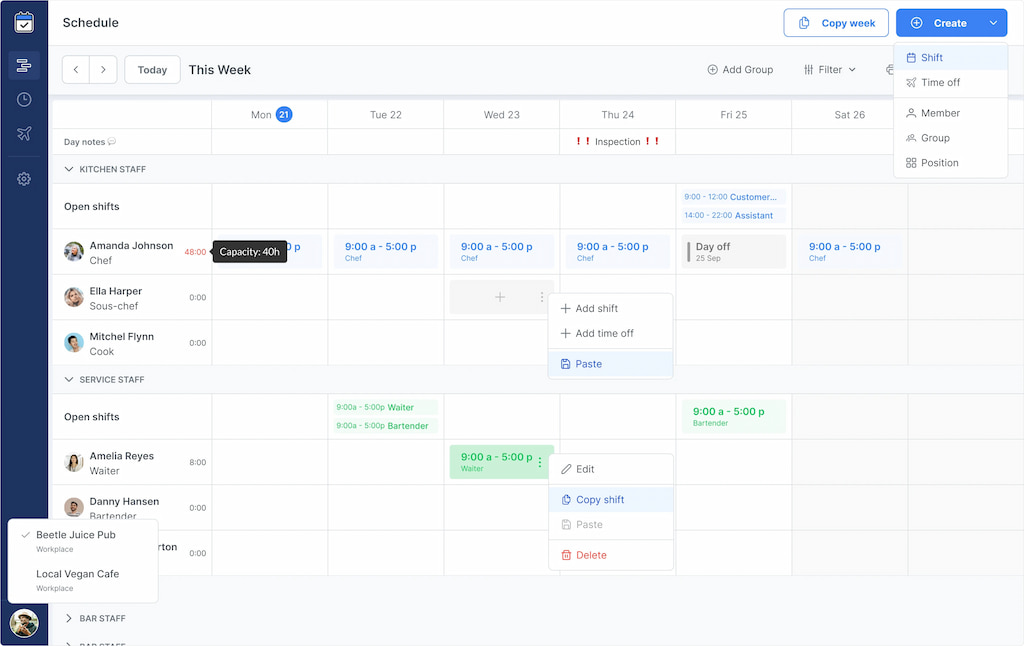
Workforce management software helps to simplify tasks that used to be done inefficiently using Excel, such as shift scheduling. Thankfully, there’s no longer a need to rely on Excel! Shifts by Everhour offers several valuable features, such as employee scheduling, mobile clock-in and clock-out, payroll, time off, and an attendance tracker.
Data analytics and workforce intelligence platforms
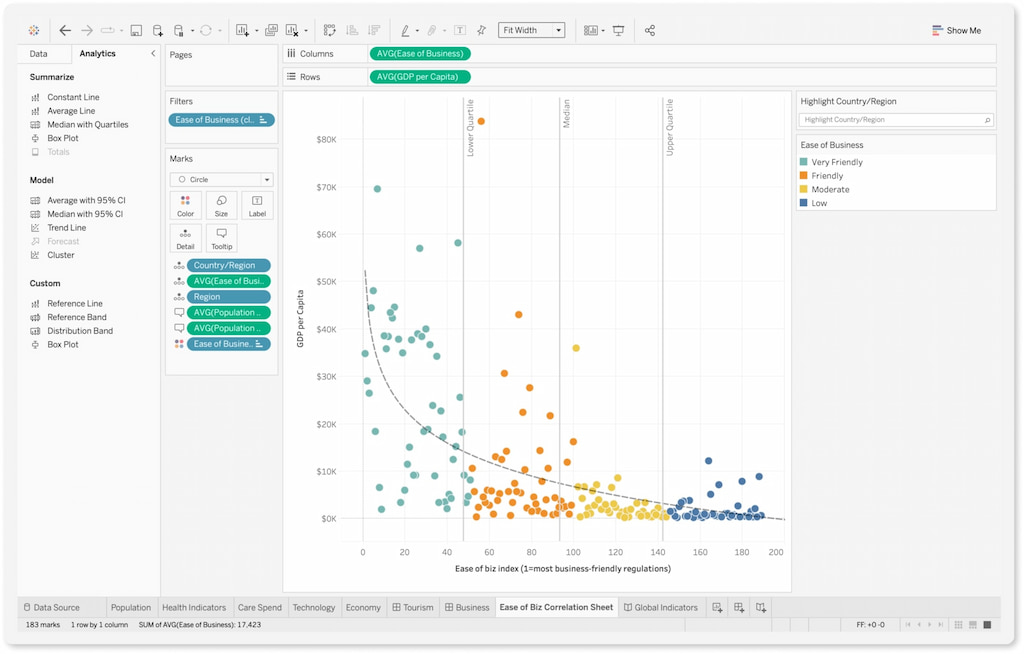
Data analytics and workforce intelligence platforms are used to gain insights into workforce performance and trends, such as productivity rates, training effectiveness, and engagement levels. By analyzing these vital key performance indicators (KPIs), businesses can track goal progress, identify issues and formulate strategies to address areas of concern.
Performance management systems
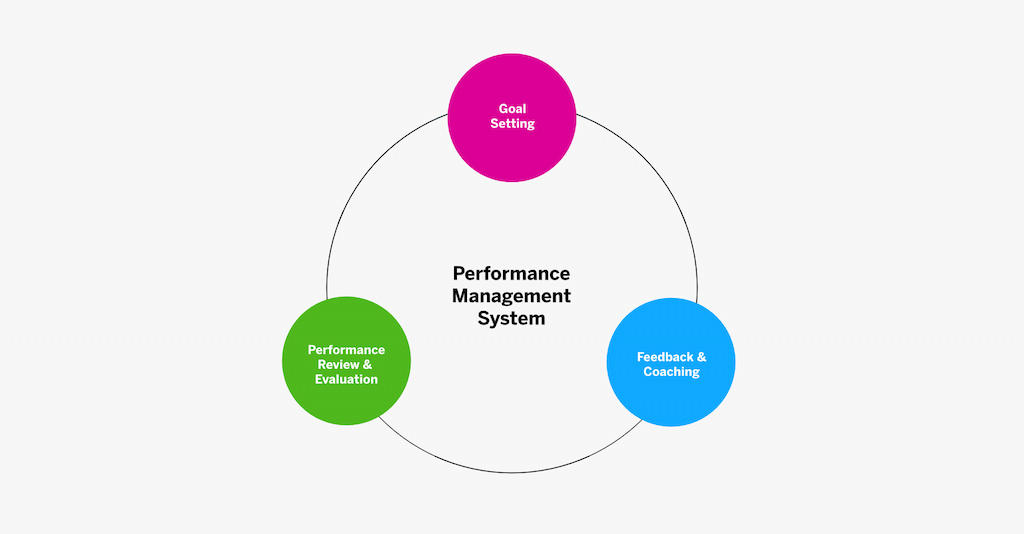
Performance management systems track employee performance in a consistent, measurable way. They rely on three processes: goal management, continuous performance management, and performance assessments. These tools enable employees to align their goals with the organization, receive routine feedback, do meaningful work that gives them satisfaction, and adapt to new goals when business priorities shift.
Learning management systems
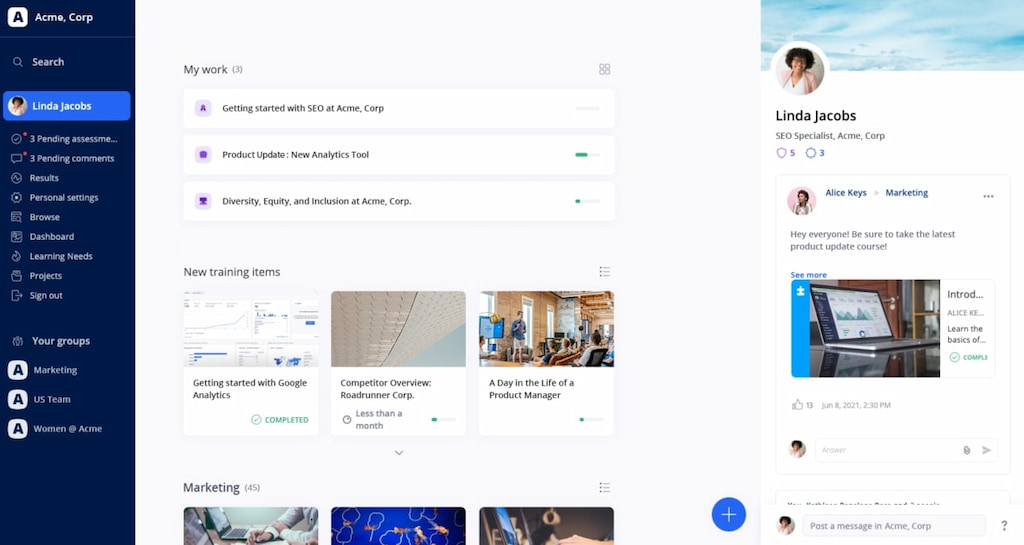
Learning management systems deliver courses and training programs, providing a centralized platform for learning activities. Whether onboarding new employees, upskilling employees, or providing compliance training, learning management systems ensure learning materials are accessible. They can also be customized to meet the needs of individual roles, skills, or learning requirements.
Employee engagement and feedback tools
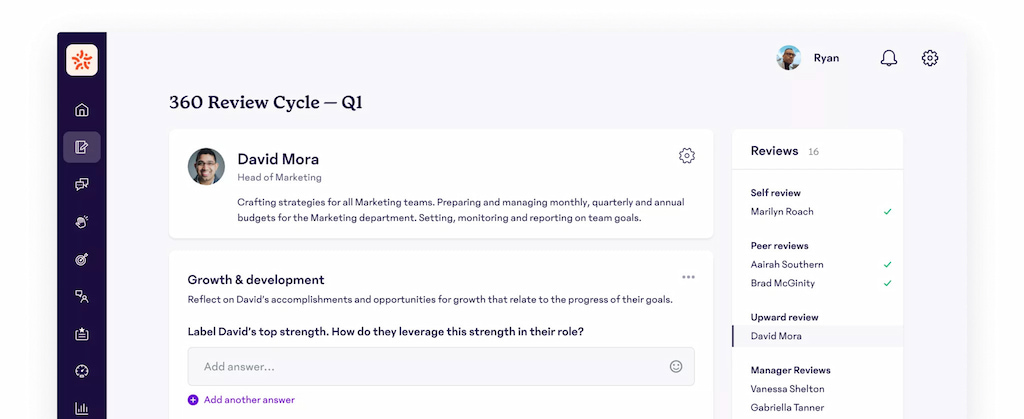
An effective way to keep employees engaged and reduce churn is to use feedback tools. This allows employees to air any questions or concerns they may have. Platforms such as 15Five, DeskAlerts, ContactMonkey, and Officevibe allow organizations to get feedback from employees in a way that works for them. For example, many platforms allow anonymous responses to allow employees to give their honest opinions without fear, meaning workplaces can learn and grow from errors and missteps.
Collaboration and communication platforms
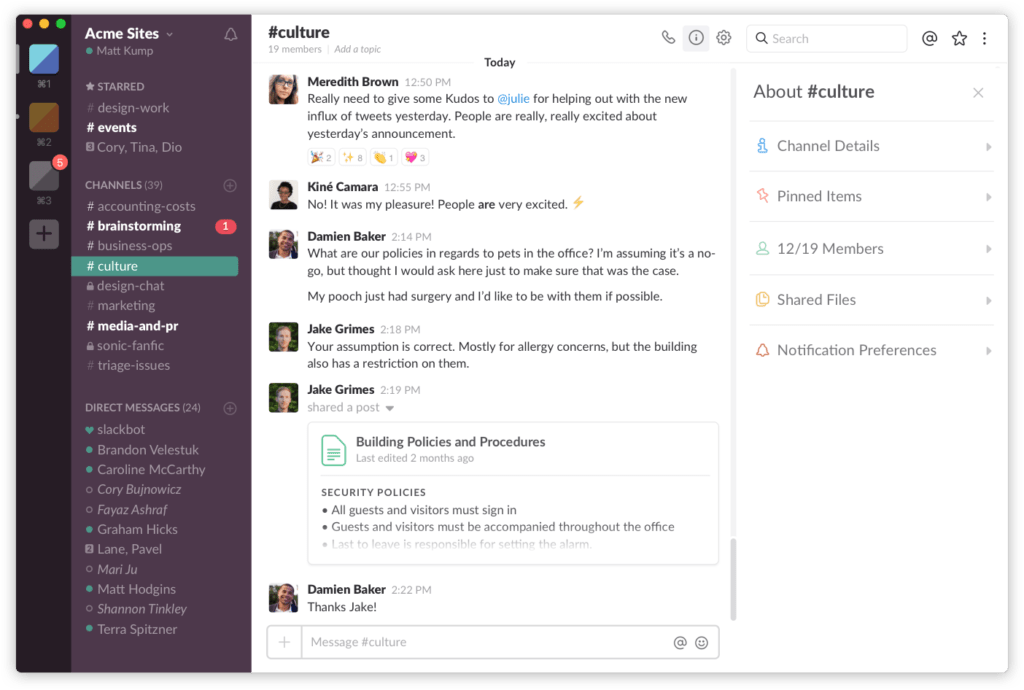
86 percent of employees and executives said that lack of collaboration and communication was the leading cause of workplace failures. Collaboration and communication tools such as Slack, Monday, and Asana allow for better team communication, ensuring that all employees are aware of their responsibilities and task deadlines.
Five Strategies for Effective Workforce Optimization
When it comes to implementing changes to optimize a workforce, you should follow several best practices to achieve success:
Conducting regular workforce assessments and gap analysis
Conducting regular workforce assessments and gap analysis is a vital workforce optimization practice. These assessments serve as a health check for organizations, providing valuable insights into their overall performance. Assessments typically involve several methods, including but not limited to performance reviews, assessments, and feedback surveys.
Gap analysis, on the other hand, involves identifying the gap between existing skills and the skills required to achieve the organization’s objectives. This process involves mapping out current skills and forecasting future skill requirements to ensure employee provision. Once you identify the gaps, businesses can formulate strategies to close them.

Establishing clear workforce goals and metrics
Clear goals and metrics are the benchmarks for workforce optimization—they guide decision-making and provide a clear vision for employees to work toward. Setting clear goals and measuring key metrics is essential because it keeps the workforce motivated, focused, and aligned with organizational objectives.
Implementing robust workforce planning and forecasting processes
A vital component of a good workplace is to ensure the right people are in the right place at the right time. It involves analyzing current human resources, identifying future needs, and implementing solutions to address any gaps. This requires an in-depth understanding of the current workforce’s skills and abilities as well as a clear strategic vision that dictates where the organization is heading.
Forecasting is another vital element. It involves predicting future needs, including the number of employees, skills, and where resources are most effectively used. This allows businesses to stay ahead of the curve and meet demand to keep customer satisfaction high.
Investing in employee development and training programs
We’ve established that engaged employees are keen to learn and train to develop their skills. Investing in employee development attracts key talent and retains employees keen to engage in continuous learning. The vast majority of employees want on-the-job training or education during work time. Keep that in mind when searching for suitable training and development initiatives.
Monitoring and analyzing workforce data for actionable insights
Finally, monitoring and analyzing workforce data gleaned from workforce management, data analytics and workforce intelligence, performance management, learning management, feedback, and communication platforms is important. These valuable insights help to guide workforce optimization strategies, meaning strategic objectives can be achieved.
In Summary
Undoubtedly, workforce optimization is essential for companies that want to stay ahead of the curve in an increasingly competitive marketplace. From enhancing efficiency and productivity to improving employee satisfaction and delivering excellent customer experiences, workforce optimization offers many benefits. Summing up, workforce optimization is about building a high-performing, engaged, and agile workforce that boosts the business’s bottom line.
In case you’re looking for seamless shift scheduling software, Shifts by Everhour is the perfect solution. With features like real-time monitoring, easy scheduling, and mobile accessibility, managing your workforce has never been simpler.

